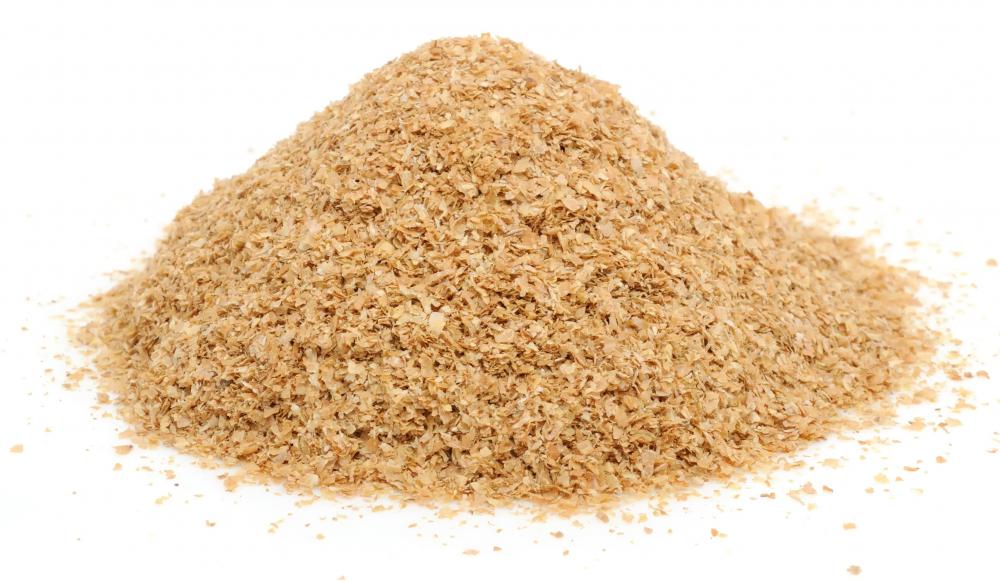At WiseGEEK, we're committed to delivering accurate, trustworthy information. Our expert-authored content is rigorously fact-checked and sourced from credible authorities. Discover how we uphold the highest standards in providing you with reliable knowledge.
How Do I Choose the Best Bran Cereal?
People interested in eating in a healthy manner should consider choosing a bran cereal for breakfast. Bran cereal is made using bran, which is the nutritious outside layer on all varieties of cereal grains before they are processed. It is important to read the package label to make sure that you are getting a cereal that is made from this particular part of the grain, as well as to find out if it is high in fiber and contains nutrients. The levels of added sugar and fats should also be considered, as well as any added sodium. Bran cereal can be made at home by adventurous home cooks, but is easily purchased at many grocery stores for a nutritious breakfast.
Make sure that the main ingredient listed on the label is bran. This can be bran from rice, wheat, barley, or another grain, but it needs to be the main ingredient for you to get the most nutrition out of your cereal. Cereals that are labeled wheat are not necessarily made out of wheat bran or whole grains, so you can not simply read the front of the package. Read the ingredient label to find out the other nutrients that are included in the cereal as well. A quality bran cereal should have reasonable levels of iron, vitamin B, folic acid, and zinc.

Look for a bran cereal that does not contain an excess of sugar, fat, and sodium, and one that is high in protein and fiber. The healthiest cereals have at least 3 grams of protein and 5 grams of fiber per serving. Make sure that you compare the serving sizes when reading this information, as some cereals have larger serving sizes than others. Fat comes from sources such as hydrogenated oils and additives such as nuts, but this information can be found on the ingredient label as well. The insoluble fiber in bran cereal provides many health benefits such as lower cholesterol and less risk of constipation.
A cook who is interested in controlling all of the ingredients in his or her bran cereal can choose to make bran flakes at home. This process is not overly difficult, and allows the cook to add ingredients such as nuts, dried fruits, and berries to the finished product. Making bran cereal can save money and eliminate chemicals in the cereal, but takes quite a bit more time than buying it at the store.
AS FEATURED ON:
AS FEATURED ON:











Discussion Comments
@burcidi-- I eat an organic bran cereal that tastes quite good. It has both wheat bran and oats. The oats are kind of crunchy which makes the cereal taste so much better in my opinion. Oats are also more filling than wheat. It has sugar, but it's not a lot, just 6 grams per serving. The carbohydrates are not high either, which is good.
@burcidi-- Unfortunately healthy cereals don't have much of a taste, and this is the biggest downside to them. But if you want to start your day with a nutritious breakfast, then go for whole bran cereal with no sugar, low sodium and lots of protein and fiber. You can add some honey or natural sugar-free sweetener to it yourself. Also, add some nuts and fresh fruits to make it taste better.
I prefer to get a basic and bland bran cereal and then add things to it myself to improve the flavor. There are bran cereals that come with sugar, nuts, seeds and dried fruits. But they're not healthy as they claim to be.
I just started eating wheat bran cereal that's high in fiber. It's very healthy for me, but it doesn't taste good. It tastes very bland and I can't get myself to like it. I force myself to eat it every morning because I'm trying to lose weight and I need the extra fiber.
Post your comments